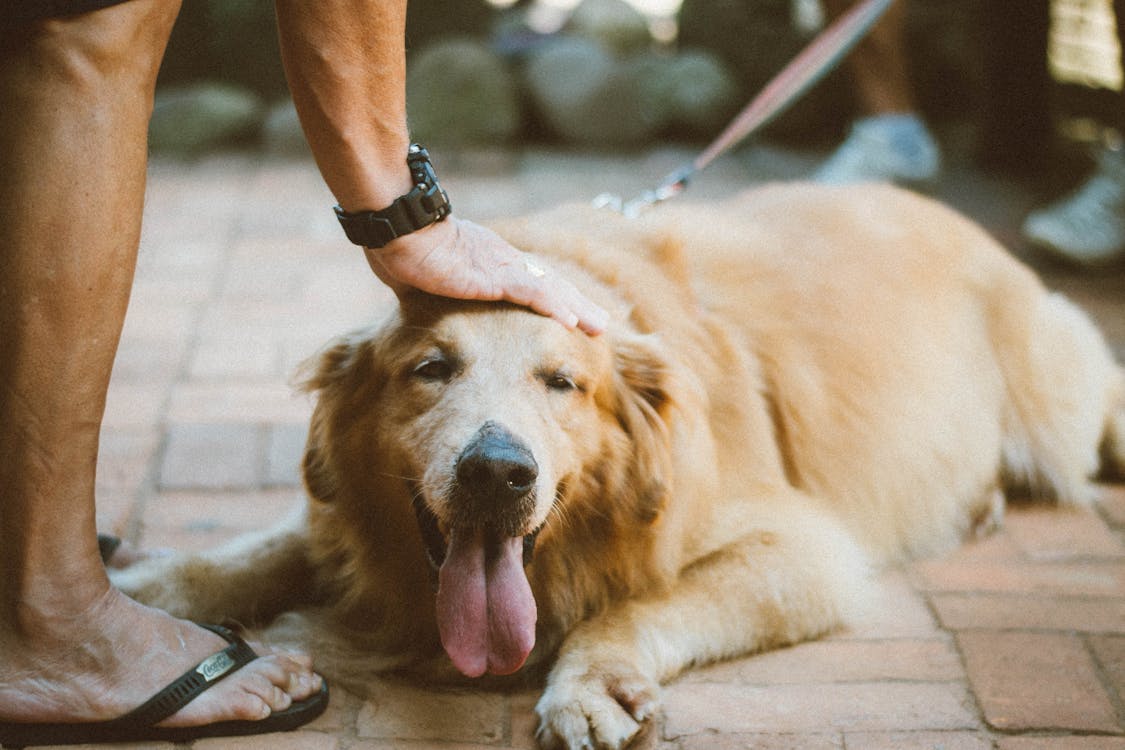Mon 23 January 2023:
We all like watching dogs wag their tails, which are thought to indicate happiness or excitement. But the real function of a dog’s tail is still a mystery to scientists and dog lovers. An international team conducted extensive investigation on the subject and they concluded that the tail cannot wag the dog.

As dogs are more inclined to stay on the ground, scientists have been unclear whether dogs’ tails help them with agile movements or not, said a report in The Guardian. Some were of the opinion that a dog’s tail primarily served as a waggable communication device, and/or to ward off unwanted visitors such as flies.
To know more about this, Dr Ardian Jusufu, who studies animal locomotion at the Max Planck Institute for Intelligent Systems in Stuttgart, and his colleagues built a mathematical model that allowed them to check what happens when dogs twist and turn their torsos, and move their legs and tails when they bound into the air.

The study concludes that “Tail wags the dog is unsupported by biomechanical modelling of Canidae tails use during terrestrial motion.” In simple words, the tail movements made by dogs made almost no difference to a dog’s trajectory when it leapt into the air.
The findings suggest that tails are not as critical for agile movements in dogs as they are for other animals. Moving the tail mid-jump, the researchers found, changed the dog’s trajectory by a mere fraction of a degree.
Across the dog family, “It appears the inertial impacts that tail movement has on complex manoeuvres such as jumping, have little to no effect,” the authors write. “The utilising of the tail during jumping … achieves very low amounts of the centre of mass movement across all species with the largest being under a single degree.”

“We believe that this implies that dogs utilise their tails for other means, such as communication and pest control, but not for agility in manoeuvres”, they further added.
According to previous research, dogs use their tails to communicate everything from dominance and friendliness to fear and appeasement. A tail held high signifies confidence or a dog’s willingness to play, while a stiff tail can express a threat or anxiety. When the tail is down low or tucked between the legs, the animal might be afraid, but loose wagging from side to side communicates friendliness.
NEWS AGENCIES
___________________________________________________________________________________________________________________________________
FOLLOW INDEPENDENT PRESS:
TWITTER (CLICK HERE)
https://twitter.com/IpIndependent
FACEBOOK (CLICK HERE)
https://web.facebook.com/ipindependent
Think your friends would be interested? Share this story!





